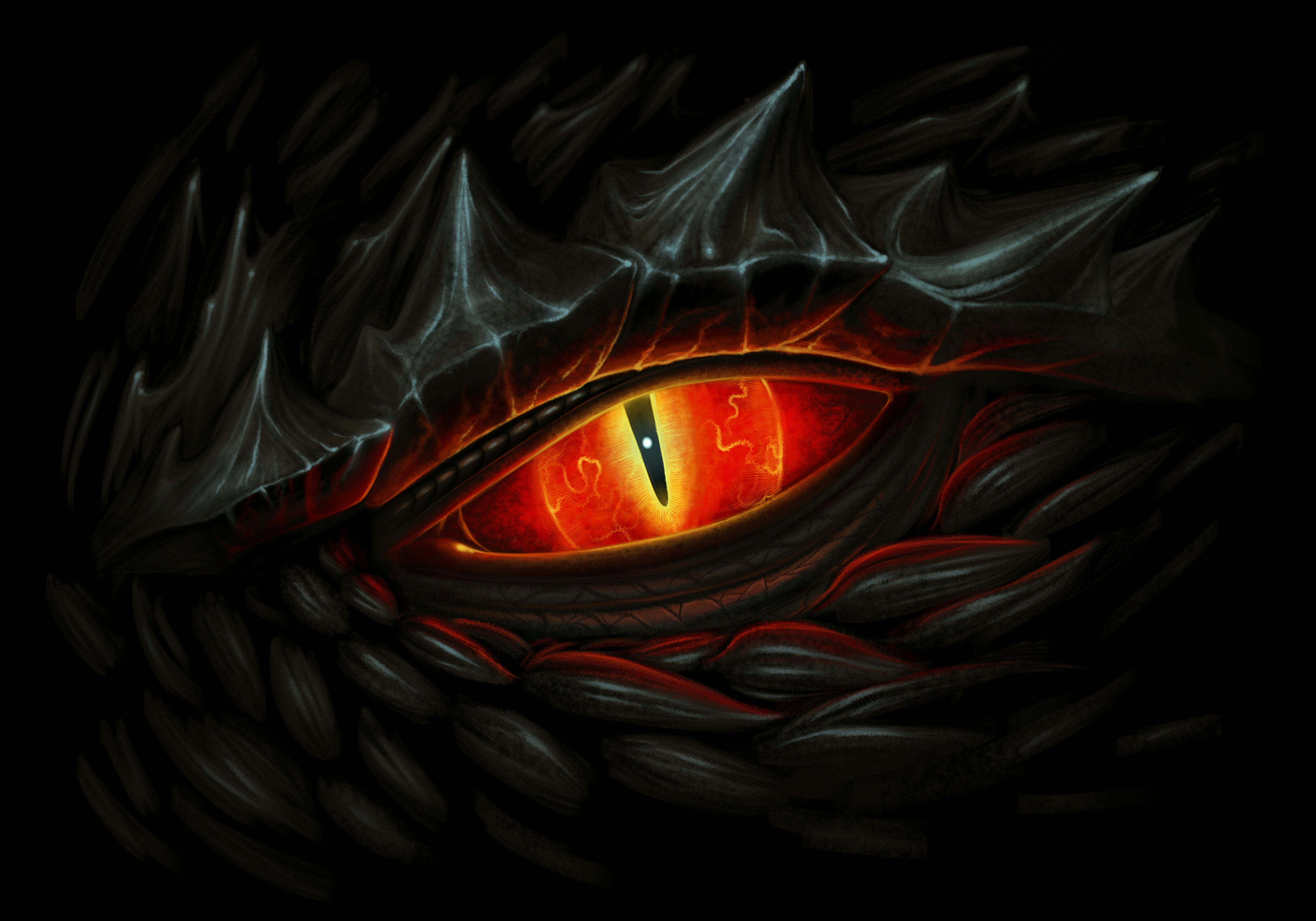
Game of Thrones was packed with iconic battle sequences and heart-thumping political intrigue, but its secret weapon was really its dragons. We all felt feel shivers of terror go up our spines when Dany hopped on her dragon and roared, “Dracarys!”
Smartly recognizing this, the new prequel to GoT — House of the Dragon, now streaming on HBO Max — features many different kinds of dragons, from scaly to smooth, whose awe-inspiring might keeps the ruling Targaryen family in power.
But with a show that’s now almost entirely focused on the Targaryens and their dragons, we thought it would be an opportune time to ask reptilian experts and evolutionary biologists what they really think of these bellowing beasts.
Fire-breathing aside, could these animals actually have existed on planet Earth, if evolution had taken a slightly different path? Probably not, but it’s still fun to compare these TV creatures to their real-life counterparts. Let’s get into it.
“I don't know that they could have flown in real life. If it were the real world, no, [but] in the world of Game of Thrones, maybe those dragons are ultra strong,” Stuart Sumida, a vertebrate paleontologist who has consulted on movies like How to Train Your Dragon, tells Inverse.
Reel Science is an Inverse series that reveals the real (and fake) science behind your favorite movies and TV.
Would dragons have evolved from reptiles, birds, or something else?
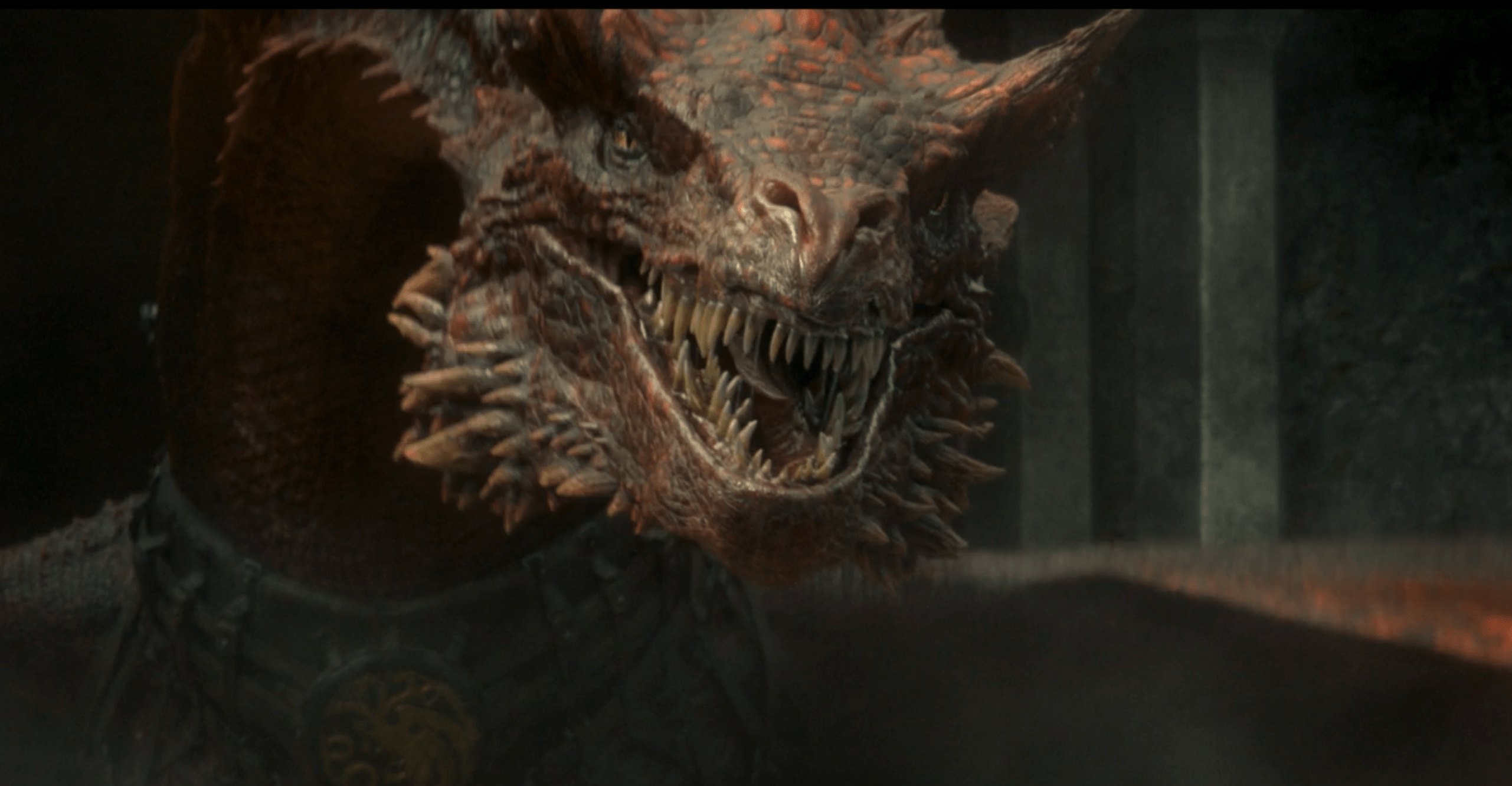
Several of the experts we interviewed say that dragons — if they existed — would likely have evolved from somewhere in the reptilian world, though for differing reasons.
“A cool thing is that birds are reptiles! They are most closely related to crocodilians — both groups vocalize and have parental care — so we can definitely say that dragons are reptiles,” Beth Reinke, assistant professor of biology at Northeastern Illinois University, tells Inverse.
But that answer leads to a different question: are the beasts in House of the Dragon birds or non-avian reptiles like lizards, crocodiles, and so forth?
“Based on what we know about the GOT/HotD dragons, they're gigantic, high-powered, active animals that have high energetic demands and are capable of incredible bursts of activity,” Darren Naish, a paleozoologist who has consulted on Apple TV+’s Prehistoric Planet, tells Inverse.
Due to their scaly anatomy — and lack of most features typically associated with birds — Naish says it’s a safe bet that dragons would be warm-blooded reptiles, which means they can regulate internal temperature and generate heat in their body.
David A. Duchêne, an evolutionary biologist at the University of Copenhagen, agrees, telling Inverse that bird wings rely on feathers, strong arms, and very small fingers, while “dragons are usually depicted as relying on four fingers and a membrane for flight.”
“It is highly implausible for dragons to have evolved from any living or extinct creature”
The concept of flight has evolved independently four times in the animal kingdom (in birds, bats, insects, and flying reptiles like the pterodon), so if dragons did indeed exist, they would represent an “astounding fifth appearance of flight” due to their “uncanny” winged features, according to Duchêne.
But R. Alexander Pyron, Robert F. Griggs Associate Professor of Biology at George Washington University, takes a different approach to the question, stating that reptiles aren’t truly a separate evolutionary group as we typically think of them.
“If we discovered real fantasy dragons, I would expect that they were an ancient lineage somewhere in the middle, distantly related to early dinosaurs, early crocodilians, early ‘reptile’ lineages that ultimately gave rise to lizards and snakes and turtles,” Pyron says.
As far as resemblances to living reptiles go, Reinke says the spines on the face of some of the dragons in HotD look like the bearded dragon, while Pyron says the fictional creatures often resemble real lizards like the sailfin dragon or thorny dragon.
Which animal would be the ancestor of dragons?
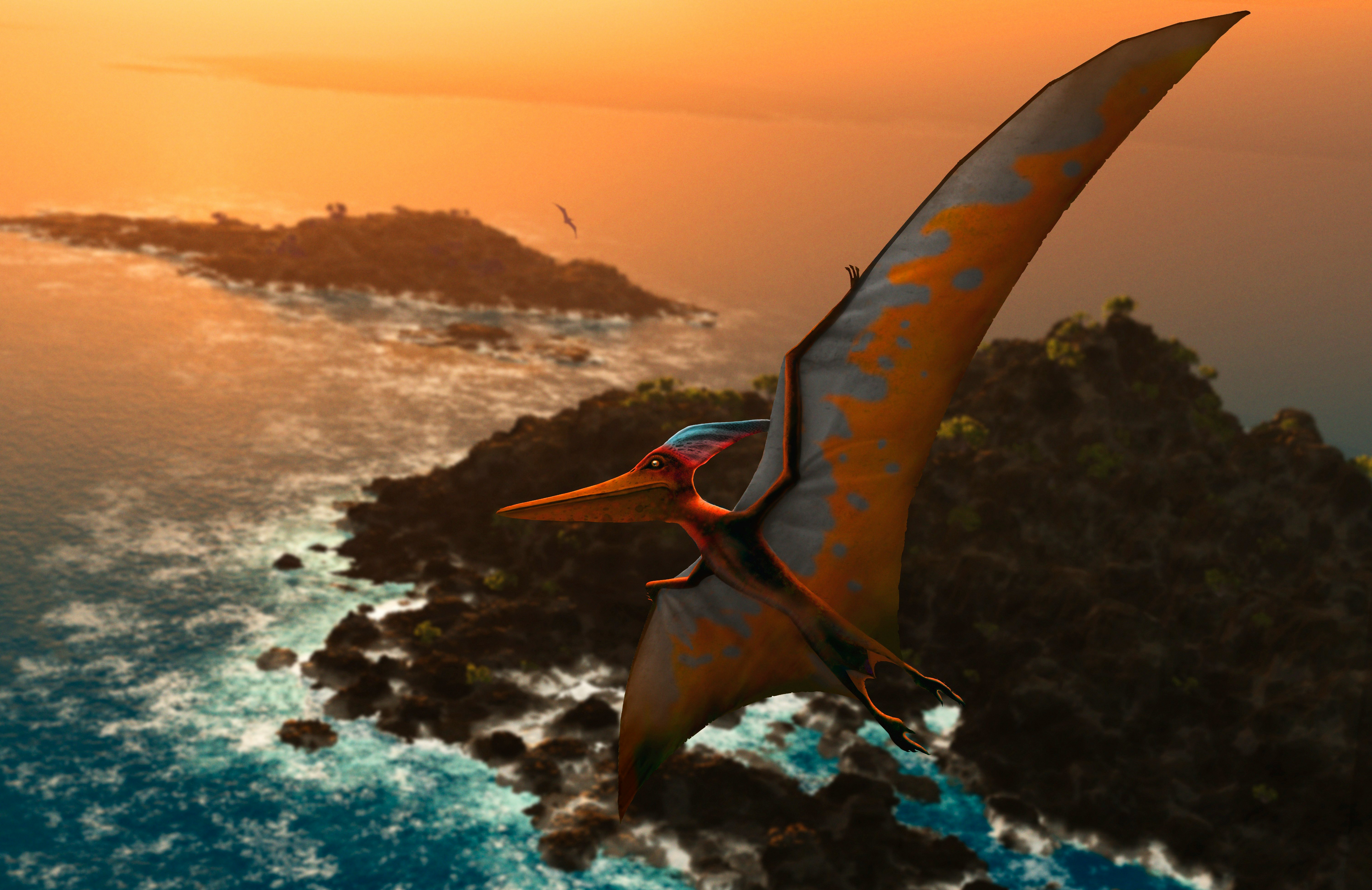
“It is highly implausible for dragons to have evolved from any living or extinct creature,” Duchêne says, adding that dragons’ features would require a “truly impossible hybridization event between insects, dinosaurs, and bats.”
But other experts aren’t so sure. Naish says monitor lizards have the potential to evolve into giant animals based on their high metabolism and efficient physiology.
“So maybe dragons could be giant, heavily modified members of the monitor or tegu lizard groups instead, an exciting idea that has previously been explored in speculative fiction,” Naish says.
Several experts described the strong resemblance of the dragon to the pterosaur — the ancient flying reptile that lived alongside the dinosaurs.
“Could there be a giant flying reptile? Sure. We already had them there. They were called pterosaurs,” Sumida adds. While pterosaurs were much lighter than dragons, some rivaled them in wingspan. The pterosaur Quetzalcoatlus — seen as the largest flying creature to have existed — had a wingspan roughly the size of a private plane.
But these experts also see several problems with the pterosaur-dragon theory.
“There is one major issue with dragons being considered pterosaur. Most pterosaur wings extended from the ankle to an elongated digit on their hand,” Reinke says.
Sumida says that while pterosaurs held up their wing with one finger, dragons in the Game of Thrones’ universe have multiple “multiple skeletal elements like fingers holding up the wings.” That umbrella-like model more closely resembles a bat wing rather than a pterosaur’s wingspan.
The other big issue: the heftiness of dragons compared to pterosaurs means it’s highly unlikely they would be able to get off the ground.
“The issue is that powered heavier-than-air flight is extremely difficult; dragons like the ones we see in fantasy would be unable to generate the lift forces necessary to move their massive bodies through the air,” Pyron says.
Are dragons anatomically realistic?
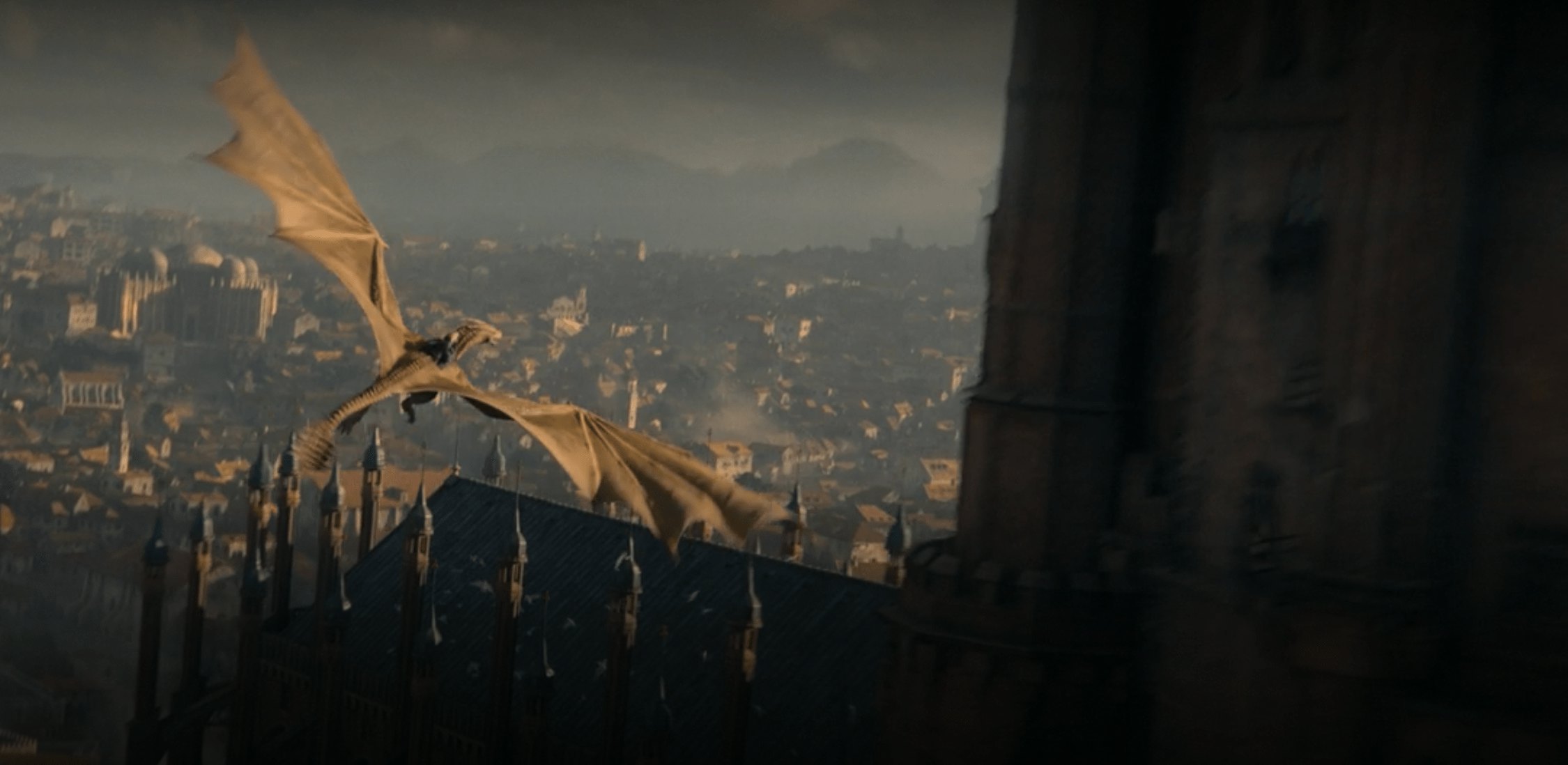
According to Sumida, most dragons depicted on TV don’t have the aerodynamic streamlined bodies they would need to be able to fly. Their necks are too long, the spiky protrusions on their bodies would cause turbulence and slow down their flight, and again, they’re way too heavy. The illogical way dragons take off in movies and TV shows also irks Sumida.
“You see the animal lift its wings in a dramatic fashion, and it goes and it lifts off the ground. That's not how things take off. Flapping starts after takeoff. Flapping doesn't cause takeoff,” Sumida as
Sumida also says it’s also unlikely they would be able to support dragon riders like the Targaryens because most flying creatures — even pterosaurs — aren’t able to carry a load like a 180-pound human being. But if the dragon is somehow strong enough to get its own massive weight off the ground, a human might not be that much more of a burden.
Although no animals make fire like dragons, Pyron says some cold-blooded animals can generate electrical discharges, so it’s possible dragons make “a flammable gas like methane in their digestive tract” which they store in a gas bladder and then discharge through their nose or mouth.
“This also makes me wonder what the adaptive function of the fire-breathing is — in any other animal, a behavior like that would be for defense/protection, but the dragon is so large that it likely doesn’t have any natural predators,” Reinke says.
There is one aspect of the show’s dragons that mirrors real-life reptilian evolution — sort of. In an interview with EW, showrunner Miguel Sapochnik said the creatures in House of the Dragon never stop growing and collapse under their own weight. The first part of that sentence is true — the latter...not so much.
“Yes, most ‘reptiles’ have what is called indeterminate growth; they never really stop growing,” Pryon says, but adds that the growth rate eventually slows to close to zero, so “almost no individual animal ever dies because it grows too large.”
Did dinosaurs inspire dragons?
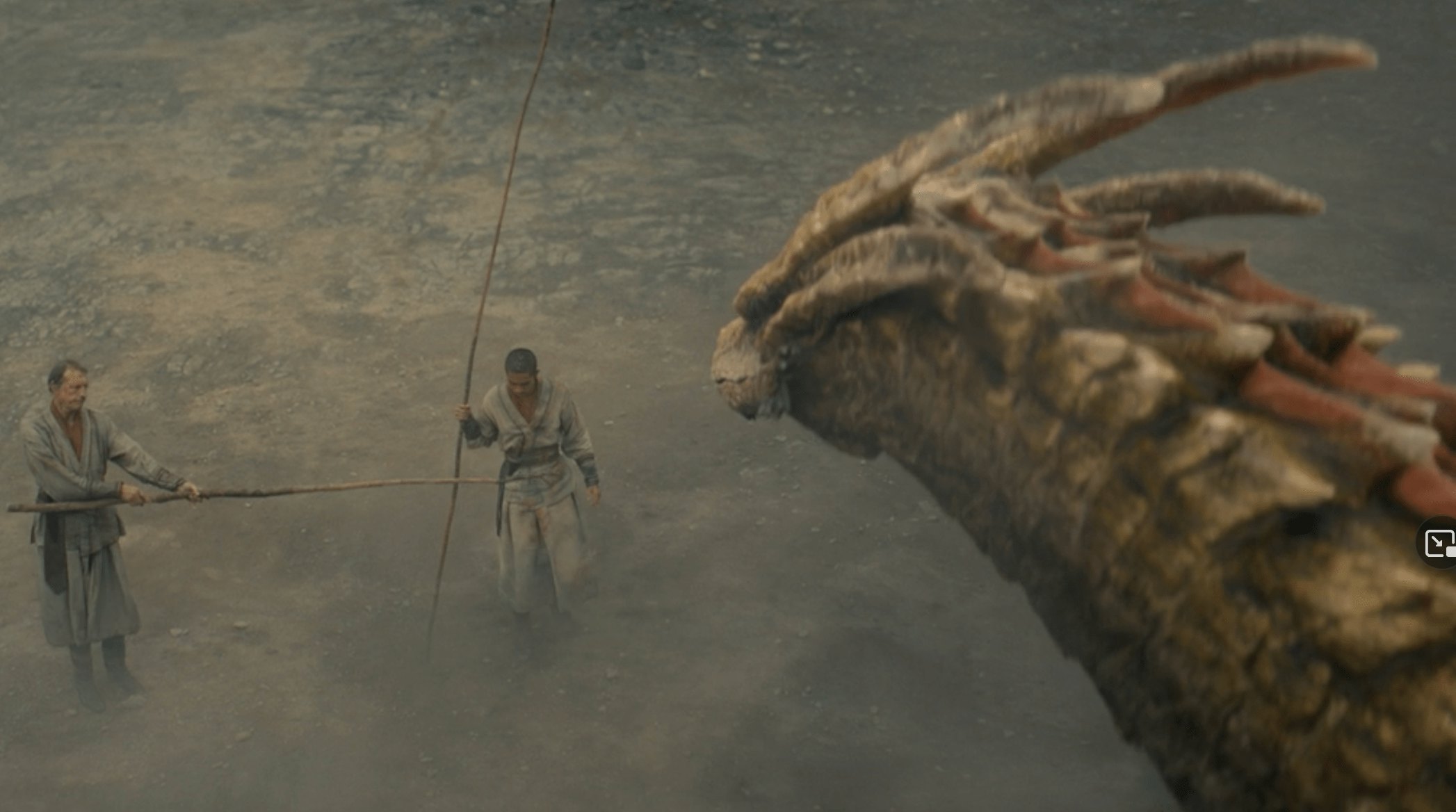
Duchêne says that dragons “are usually depicted as bearing strong resemblance with T-rex and other dinosaurs, so they would presumably belong to some group of dinosaurs.”
This assumption aligns with statements HotD showrunner Sapochnik made to EW, in which he said some of the show’s dragons were based on the anatomical features of dinosaurs and other reptiles.
Naish says there was a group of reptiles known as “archosaurs” which includes crocodiles and their extinct relatives — including both pterosaurs and dinosaurs.
“The great group of reptiles called archosaurs were mostly warm-blooded and high-powered, so maybe dragons could be imagined as modified members of the archosaur group,” Naish adds.
According to Sumida, there are accounts of ancient people in Asia and elsewhere stumbling upon dinosaur bones and interpreting them to be dragons.
“Lots of dinosaurs have very robust jaws and beak-like upper and lower jaws that remind us of extra large size reptiles,” Sumida says.
But experts like Naish say while fossils may have provided some proof to ancient peoples of the existence of folkloric creatures, he thinks dragons likely stemmed more from modern animals rather than the prehistoric dinosaurs.
“Most monsters — dragons included — look like they're embellished or mythified versions of modern-day animals, like big modern reptiles. In other words, dinosaurs likely had little to no involvement in the development of dragon stories,” Naish adds.
House of the Dragon is now streaming on HBO Max.







